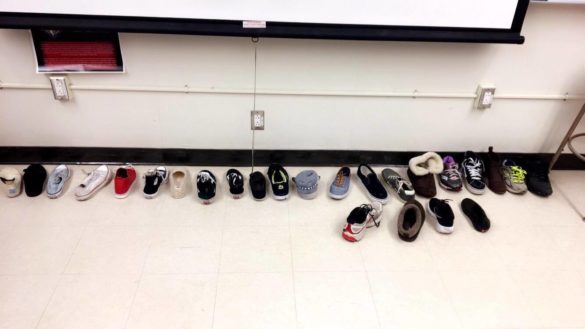
by Maria Gerges, Staff Writer
We all know the traditional Christmas on Dec. 25, but, not everyone celebrates Christmas the same way. In fact, Christmas may have more than one special day of the year for some. This is where other cultures and new traditions taught in foreign language classes help us connect to the cultural diversity around us.
Children in Latin America and Spain wait anxiously for Jan. 6, “El Dia de Los Reyes” or the Three Wise Men. The celebration notes the biblical story of the three wise men and the love they showed to the coming of their new king, Jesus.
There is usually a tradition of baking a round bread as an allusion to a King’s crown, as well as placing small figures of baby Jesus in objects that are used in the celebration. The person who finds the figure in the bread gets to make tamales for everyone on Feb. 2, the Day of the Candles.
Another part of the celebration involves children putting their shoes outside their doors. In class, students simply placed the shoes in the front of the classroom and left them overnight.
The next day, the shoes were filled with various candies such as laffy taffy and duvalin candy; the students also got pencils and erasers in their shoes. This custom is usually done for the children. They await the Three Kings who will leave gifts, candies and presents in their shoes.
Another tradition that is done during this time is leaving a box of hay and water for the Three Kings’ camels to eat. This was not done in the Spanish classes, but is still a part of the celebration.
Although this tradition is different and foreign, it is in fact interesting in that it focuses more on the meaning of Christmas. Similarly to Christmas, kids still get gifts, yet, they learn a story behind it.
Just as much as students look forward to Christmas and the festive mood it brings, so do people love and look forward to El Dia de Los Reyes.
Everyone should remember to go out of their own little worlds and discover what the lives of other people hold.





